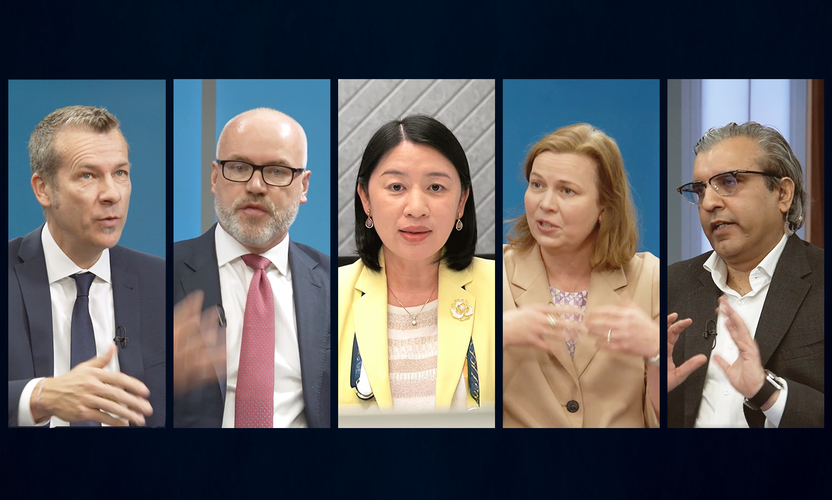Most DMs are grinding higher from their Q3 lows overall. Even Germany’s GEAR has bounced - at long last - suggesting firmer footing after its hair’s-breadth avoidance of a technical recession in Q3. Despite the US dipping towards its 2019 lows, as consumer spending finally loses steam after an unsustainably strong run, a resurgent real estate sector spurred on by falling interest rates is keeping the overall GEAR robust.
But if the story in developed markets is one of incipient stabilisation (a plunging Spain excepted), the real excitement lies in emerging markets. Our EM aggregate remains comfortably above its turn-of-the-year lows, and continues to suggest stability. However, the country mix is wildly divergent.
India’s collapse to post-Global Financial Crisis lows (a lowly reading of 2.5 in a country that should be leading the world) has been spectacular. The weakening activity is broad-based, most notably in surveys and industrial production. Brazil is buoyant, while conversely Mexico is marking new lows in contraction and Chile is rolling over as data begins to reflect its domestic unrest. Elsewhere, a convincing rebound in the trade-sensitive Central and Eastern Europe economies is reassurance that Europe as a whole may be past its worst.
It feels odd to leave China to last, but there has been little to update here. Despite all the headline noise around trade, front-loaded domestic stimulus in the first half could be enough to maintain reasonable growth rates all year.
Markets seem to be betting not just on the stability that the GEARs now apparently confirm, but on a growth rebound into 2020. Our Fidelity Leading Indicators (FLI) would broadly agree with this. The cyclical outlook is something of a tug-of-war between the easing in global monetary conditions this year versus increasingly cautious Chinese policy support. On the latter, first-half stimulus should continue to support activity but China’s credit-hungry domestic economy may well start to weaken again if it isn’t fed some more.
Global geopolitics remains a tail risk, but as those famous last words go: it is hard to see the ‘uncertainty’ channel getting materially worse than its 2019 nadir (UK election and US Democratic primary results notwithstanding).
For now, there seems to be enough in the global economic system to put a floor under a weak 2019 and maybe even give it a further kick into the new year. But structural headwinds combined with small output gaps in many key economies should curb our enthusiasm.







































